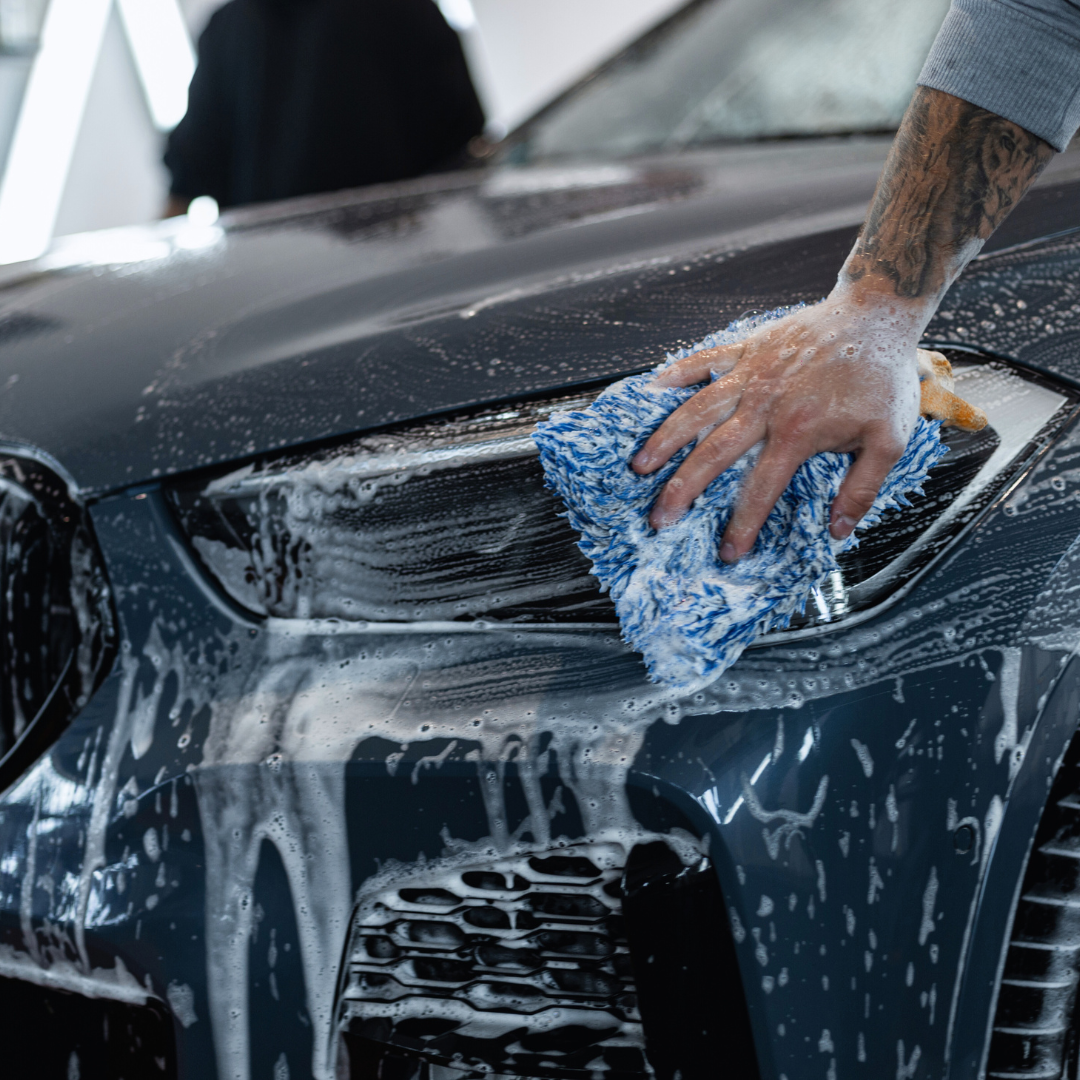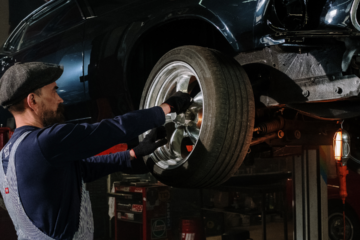Seasonal Car Maintenance Tips for Optimal Vehicle Performance

Seasonal car maintenance is essential for ensuring a vehicle runs smoothly throughout the year. Changes in weather can impact various aspects of car performance, making it crucial for drivers to adjust their maintenance habits according to the season. Regular attention to vehicle maintenance can significantly enhance safety on the road and prolong the life of the car.
As winter gives way to spring, it’s time to consider tasks like checking tire tread depth, inspecting wiper blades, and ensuring fluid levels are optimal. With warmer months on the horizon, drivers should also focus on air conditioning efficiency and ensure that their battery is in good condition. These car care tips not only help in maintaining peak vehicle performance but also contribute to a safer driving experience.
Neglecting seasonal maintenance can lead to unexpected breakdowns and costly repairs. A proactive approach to car care not only keeps the vehicle running well but also provides peace of mind for the driver. By understanding and implementing seasonal maintenance strategies, individuals can confidently navigate any road conditions.
Seasonal Maintenance Basics
Regular seasonal maintenance is essential for vehicle upkeep. It ensures safety on the road and can improve fuel efficiency. Understanding key maintenance tasks helps keep a car in optimal condition year-round.
Understanding Seasonal Maintenance
Seasonal maintenance involves specific tasks aimed at preparing a vehicle for the changes in weather. Each season brings unique challenges that affect various components of a car.
In winter, check the car battery, as cold temperatures can reduce its efficiency. Ensuring coolant levels are adequate is also crucial to prevent freeze damage.
During spring, it’s important to inspect wiper blades for wear and ensure they function effectively, especially after a long winter.
Summer maintenance should focus on oil changes and checking brake fluid, as high temperatures can cause these fluids to break down more rapidly.
In the fall, inspect tire pressure, as temperatures fluctuate, which affects inflation levels.
Checklist for Seasonal Upkeep
A clear checklist can streamline seasonal car maintenance. Here’s a concise list of tasks for each season:
- Winter:
- Test the car battery
- Check coolant levels
- Examine tire tread and pressure
- Spring:
- Replace or repair wiper blades
- Inspect air filters
- Check brakes and brake fluid
- Summer:
- Change engine oil
- Monitor coolant levels
- Ensure tire pressure is optimal
- Fall:
- Inspect headlights and taillights
- Rotate tires for even wear
- Check antifreeze levels
By following this checklist, one can maintain their vehicle’s performance and ensure safety throughout the year.
Winter and Summer Car Care
Maintaining a vehicle during winter and summer is crucial for performance and safety. Each season presents specific challenges that require attention to ensure reliable driving.
Winter Car Maintenance
Winter requires particular focus on key systems to prevent breakdowns. Coolant levels should be checked regularly to ensure the antifreeze mixture is appropriate for the colder temperatures.
Winter tires are vital for optimal traction on snow and ice; their tread provides better grip. It’s essential to monitor tire tread depth frequently.
Battery health must not be overlooked, as cold weather can reduce performance significantly. Inspect the battery terminals for corrosion and ensure a strong charge before the winter months begin.
The heater and defroster should be tested to ensure they are functioning properly. Poor visibility due to fogged windows can create dangerous driving conditions.
Summer Car Maintenance
During summer months, the focus shifts to handling heat-related challenges. The air conditioning system becomes critical for comfort; regular checks can prevent breakdowns. A recharge may be necessary if cooling efficiency diminishes.
Tire rotation is vital in summer to promote even wear, especially with increased heat affecting tire pressure. Keeping an eye on tire tread ensures safety on hot roads.
Maintaining coolant systems also remains important as high temperatures can lead to overheating. Verify coolant levels and inspect hoses and belts for wear, as they can degrade more rapidly in heat.
Lastly, protecting the vehicle’s paint from UV rays is crucial. Regular waxing can shield it from sun damage and maintain its appearance.
Under-the-Hood and Beyond
Maintaining the vehicle requires attention to both the engine components and the exterior. Regular checks can enhance performance and ensure safety on the road.
Engine and Fluids Check
Checking engine fluids is vital for vehicle reliability. Key fluids include:
- Engine Oil: Regular oil changes prevent engine wear. It’s recommended to change oil based on the manufacturer’s schedule.
- Coolant Levels: Monitor the engine coolant levels to avoid overheating. A coolant flush may be necessary if the fluid appears dirty.
- Power Steering Fluid: Ensure this fluid is at the correct level for smooth steering. Low levels may indicate leaks that require immediate attention.
- Transmission Fluid: Check this fluid periodically for proper operation of gears. It should be pinkish and clear; dark or burnt fluid needs changing.
Pay close attention to any dashboard warning lights as they indicate potential issues that need addressing immediately.
External Vehicle Care
External vehicle care contributes to safety and aesthetics. Regular maintenance includes:
- Tire Inspection: Examine tires for pressure, tread depth, and visible damage. Proper inflation contributes to better handling and fuel efficiency.
- Brake Inspection: Inspect brakes for wear. Effective brakes are crucial for safe stopping.
- Visibility Checks: Ensure headlights, brake lights, and turn signals are functioning. Clear visibility is essential, especially in adverse weather conditions.
Maintaining the exterior with regular washes and waxes helps protect the paint and body from the elements, enhancing durability and appearance.
Preparing for the Unexpected
Unexpected situations can arise while driving, making preparation crucial. Proper awareness and seasonal vehicle checks help ensure safety on the road and can minimize vehicle issues.
Emergency Preparedness
An effective emergency kit is essential for any vehicle. A well-stocked kit may include:
- First aid supplies: Band-aids, antiseptic wipes, and gauze.
- Tools: Jumper cables, tire inflator, and a basic toolkit.
- Food and water: Non-perishable snacks and bottled water.
- Flashlight and batteries: For visibility in the dark.
Properly maintained vehicles are less likely to experience breakdowns. Seasonal maintenance like checking the battery and tire pressure should be part of regular checks. Drivers are encouraged to review their emergency plans, including contacts and roadside assistance information.
Seasonal Vehicle Inspection
Conducting seasonal inspections can prevent unexpected issues. Key areas to check include:
- Battery health: Ensure terminals are clean, and the battery is functioning optimally.
- Tires: Check tread depth and pressure. Rotating tires in spring and fall can enhance performance.
- Fluids: Regularly inspect oil, coolant, and brake fluids. Ensuring these are at appropriate levels is vital for vehicle operation.
Additionally, the cabin air filter should be checked and replaced as needed, particularly during season transitions. Seasonal maintenance adapts to environmental conditions, protecting both the vehicle and passengers.



0 Comments